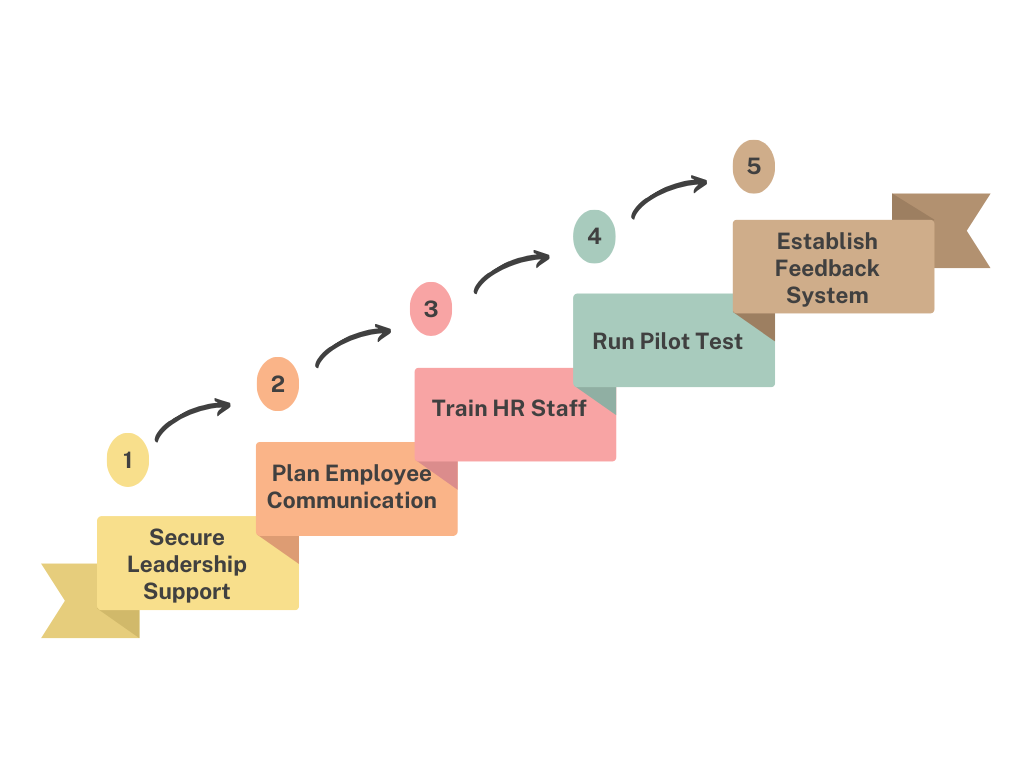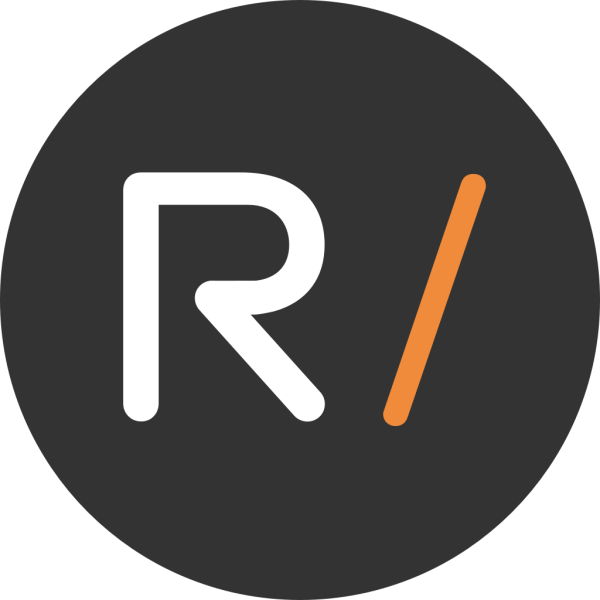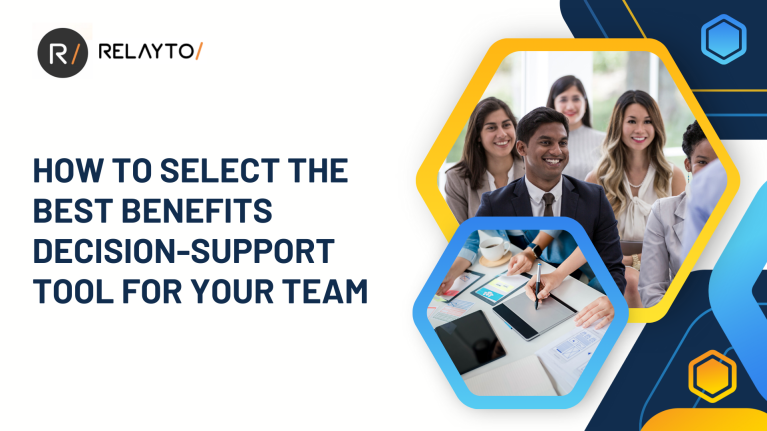HR professionals regularly face this significant challenge: helping employees make informed decisions about their benefits packages. Benefits decision-support tools have emerged as a promising solution, but choosing the right one for your organization can be daunting. Learn how to choose an effective benefits decision-support tool, evaluate user-friendliness, consider costs, and explore implementation strategies.
Understanding Benefits Decision-Support Tools
Benefits decision-support tools are digital platforms designed to assist employees in choosing the most suitable and cost-effective health plans and other benefits based on their individual needs and preferences. These tools typically gather information about an employee's health status, expected medical usage, and financial considerations, then use algorithms to recommend appropriate benefit options.
Key Criteria for Choosing the Right Tool
.png)
When evaluating benefits decision-support tools, consider these five crucial factors:
- User Experience: The tool should be intuitive and quick to complete. RELAYTO's AI-powered content transformation capabilities allow for rapid customization of benefits information, potentially reducing the time employees spend inputting data.
- Privacy and Security: Ensure the tool collects minimal personal health information, maintains data anonymity, and complies with relevant data protection regulations like HIPAA.
- Accuracy and Reliability: Look for tools that use comprehensive, up-to-date actuarial data and sophisticated algorithms rather than simple calculators.
- Compatibility and Integration: The tool should integrate smoothly with your existing HR systems and enrollment platforms.
- Reporting and Analytics: Valuable features include usage statistics, benefit selection trends, and cost-saving metrics.
Evaluating User-Friendliness
User-friendliness is key to the success of a benefits decision-support tool. The tool should present complex benefits information in an easily digestible format.
Look for tools that offer in-app guidance, tooltips, or chat support to assist employees through the process. The experience should be tailored to each employee's unique situation, and if you have a multilingual workforce, consider tools that offer multiple language options.
Cost Considerations
When evaluating the cost of benefits decision-support tools, consider various factors such as pricing models (per employee or flat rate), implementation costs, and potential return on investment. Factor in any setup fees or costs associated with integrating the tool with your existing systems. Also, understand what's included in the pricing and what might incur additional fees, such as ongoing support and maintenance.
Consider the tool's potential to reduce overall healthcare costs by guiding employees to more cost-effective plans. This ROI potential can offset the initial costs and provide long-term value for your organization.
Implementation Strategies

Successfully implementing a benefits decision-support tool requires careful planning. Follow these steps for a smooth rollout:
- Secure Stakeholder Buy-In: Ensure support from leadership, IT, and other relevant departments.
- Develop a Communication Plan: Create a comprehensive strategy to introduce the tool to employees, explaining its benefits and how to use it.
- Provide Training: Equip HR staff with the knowledge to support employees using the tool.
- Conduct a Pilot Test: Run a trial with a small group of employees before full implementation to identify and address any issues.
- Establish a Feedback Loop: Create a system for gathering and acting on employee feedback about the tools.
RELAYTO for Benefits Education
While RELAYTO isn't a traditional benefits decision-support tool, its innovative features can significantly enhance your benefits education efforts. Here's how you can use RELAYTO to complement your chosen decision-support tool:
- Create interactive benefits guides using AI-powered content transformation.
- Develop customized microsites for different employee segments.
- Design dynamic reports and presentations for benefits orientation sessions.
- Enrich existing benefits documents with media, interactivity, and analytics.
By incorporating RELAYTO into your benefits communication strategy, you can create a more comprehensive, engaging benefits education experience that works in tandem with your decision-support tool.
Author 
The fastest way to build digital experiences. We empower businesses to convert PDFs, presentations and other content into interactive experiences & webpages with instant branding, analytics & more.
